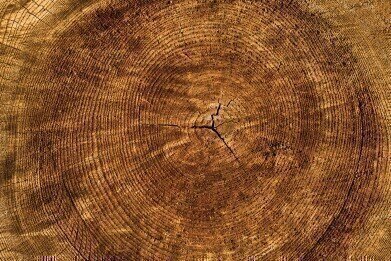Air Monitoring
How Are Biogenic Carbons Measured?
Oct 18 2021
There is a distinction between the carbon derived from fossil fuel sources and that generated by the combustion of biomass, with the latter commonly referred to as biogenic carbons. This type of emission is theoretically carbon-neutral, since the volume of carbon that is released during combustion will be offset by that which is absorbed over the lifetime of the organic matter that has been planted to replace it.
Therefore, many international bodies now distinguish between these two types of carbon and indeed offer financial incentives for power stations, manufacturing plants and other industrial facilities to favour biogenic carbons. But how can a facility owner determine whether or not the feedstock they are using is indeed as biogenic as it claims to be, and how can regulatory bodies ascertain whether the emissions associated with the site are as biogenic as their owner purports? Through biogenic carbon measurement.
Measuring biogenic carbon
Both feedstocks and the emissions generated by their combustion can be measured in the same way – through the use of carbon dating, with a specific emphasis placed upon elements which are found in fossil fuels but not in biomass. Due to the extremely long period of decay (millions of years) which oil, coal and gas have experienced, the radioactive element carbon-14 (sometimes known as radiocarbon) is no longer active. Biogenic carbons, on the other hand, have a far shorter lifecycle of decades or, at the most, centuries, so carbon-14 is still found in plentiful supply.
Therefore, the easiest and most accurate way to ascertain whether feedstocks or emissions are biogenic or not is to use carbon-14 dating. This is achieved normally via one of three techniques: accelerator mass spectrometry, gas proportional counting or liquid scintillation counting. Based upon the results of those methods, the researchers can then determine what percentage of the sample is composed of biogenic carbons. The less prevalent the carbon-14 in the sample, the less biogenic it is.
Measuring the benefits of biogenic carbon
The aforementioned technique was pioneered by a US physical chemist named Willard Libby in the late 1940s. As a result, the Libby half-life is a common term of measurement used to define biogenic carbon concentrations. However, there is a separate method used for quantifying the discernible benefits of biogenic carbon. Although also measured in terms of time, the system of measurement for biogenic CO2 benefits has not been universally agreed upon.
Nonetheless, one influential method of doing so is defined in the European Commission’s International Reference Life Cycle Data System (ILCD) handbook. This technique defines the benefits in terms of the volume of carbon that is sequestered and the amount of time that it has been stored for over the course of the organic matter’s lifetime. For example, 1kg of carbon that had been kept out of the atmosphere for 50 years would return an ILCD value of 0.5kg. For anyone interested in learning more about biogenic carbons and how they affect our environment, the article Biogenic Carbon: Definition, Emissions, Storage & Measurement contains more comprehensive information on the topic.
Digital Edition
IET 34.2 March 2024
April 2024
Gas Detection - Biogas batch fermentation system for laboratory use with automatic gas analysis in real time Water/Wastewater - Upcycling sensors for sustainable nature management - Prist...
View all digital editions
Events
Apr 30 2024 Melbourne, Australia
Apr 30 2024 Birmingham, UK
May 03 2024 Seoul, South Korea
May 05 2024 Seville, Spain
May 06 2024 Minneapolis, MN, USA


















